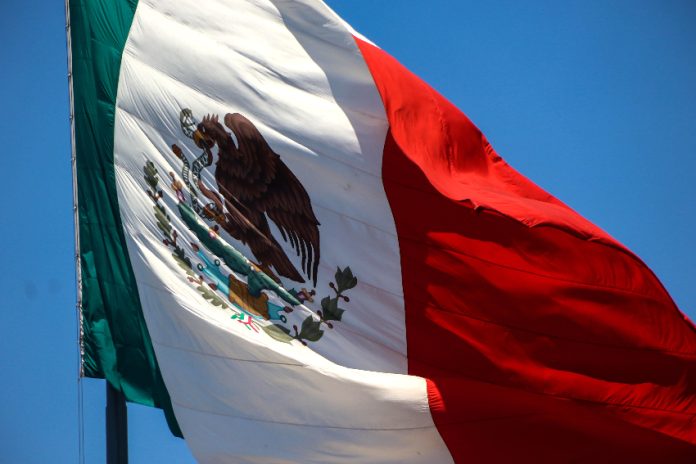Mexico News Daily is celebrating its 10th birthday!
That’s right, it’s a decade this month since MND founder Tony Richards launched “Mexico’s English-language newspaper” from Puerto Escondido, Oaxaca.
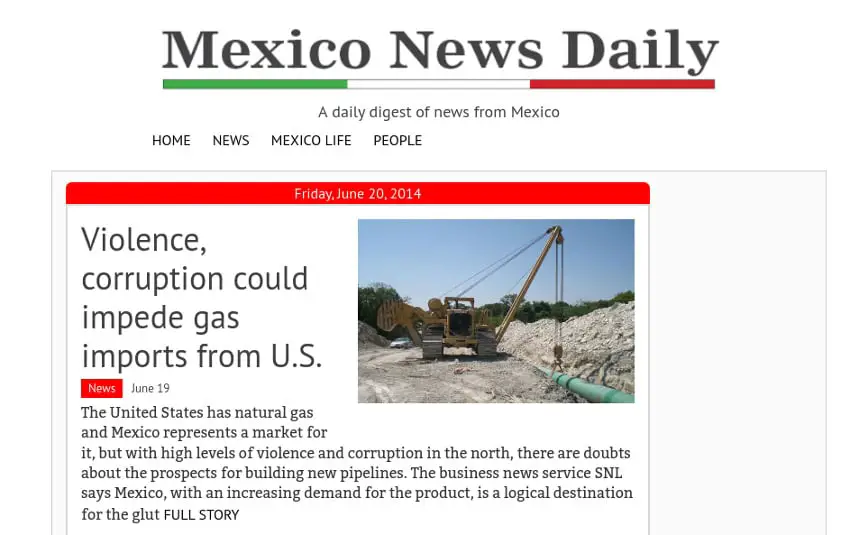
To mark the occasion, we thought it would be interesting to take a look at 10 ways in which Mexico has changed since MND published its first article in June 2014. I’ll do that in this listicle.
This Saturday, look out for Mexico News Daily CEO and publisher Travis Bembenek’s column, in which he will continue the 10-year anniversary celebrations and look ahead at what’s in store for MND in the next decade.
MEXICO: THEN VS NOW
Political power
In 2014, Enrique Peña Nieto of the Institutional Revolutionary Party, or PRI, was Mexico’s president, while the current president is Andrés Manuel López Obrador of the National Regeneration Movement, or Morena.
A remarkable transformation in Mexico’s political landscape has occurred over the past decade. It can be summarized in just 10 words: the rise of Morena and the fall of the PRI.
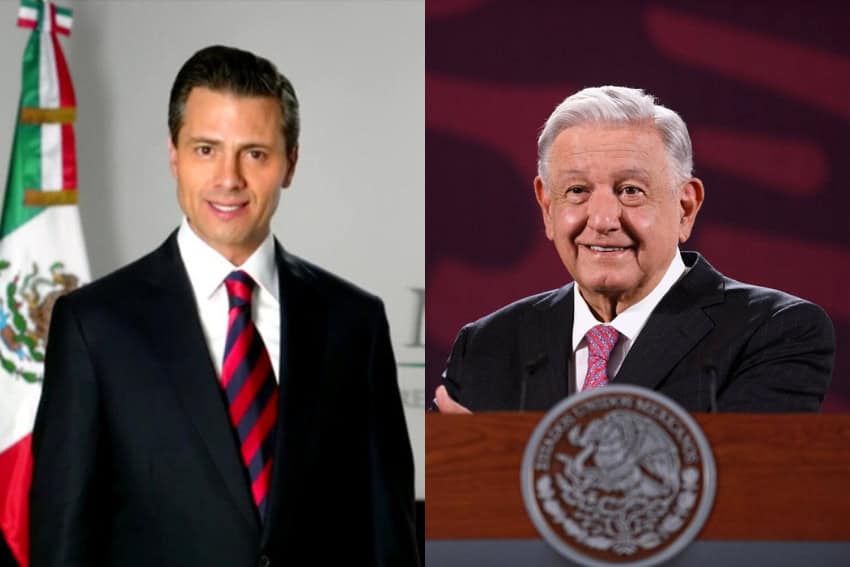
In 2014, the PRI was in office in 20 of the country’s 32 federal entities, while the National Action Party (PAN) governed six and the Democratic Revolution Party (PRD) held power in four, including Mexico City.
The Citizens Movement (MC) party and the Ecological Green Party of Mexico (PVEM) governed one state each, while Morena — which was registered as a political party in 2014 — was not in power anywhere.
Fast forward a decade and Morena is Mexico’s most dominant political force by far. The party governs 22 federal entities, including Mexico City, while the PRI is now in office in just two states.
The number of states with PAN governments has declined to five, while MC now rules two states. The PVEM — now a Morena ally — is in office in one state.
After new governors are sworn in later this year, the number of Morena state governments will increase to 23, as the party triumphed in Yucatán in the June 2 elections and will take power there for the first time ever.
Ver esta publicación en Instagram
This reel shows the dramatic changes in Mexico’s political map.
Women’s representation
Another notable transformation in Mexican politics is the significantly increased representation of women compared to 10 years ago.
In 2014, Peña Nieto included a quota system to ensure gender parity of candidates put forth by political parties for federal and local legislatures in his electoral reform rules. At the start of that year, only 37% of federal deputies and 33% of senators were women.

Mexico now has gender parity in Congress, while there are higher numbers of female governors and federal ministers compared to 2014.
Peña Nieto had just three women in his cabinet in 2014, while López Obrador currently has nine women in his cabinet.
There are currently nine female governors, while in 2014 there were none.
In addition, for the first time ever, the chief justice of the Supreme Court and the governor of the Bank of Mexico are women.
And on Oct. 1, Claudia Sheinbaum will be sworn in as Mexico’s first female president.
The Mexican peso
There has been a lot of talk about the “super peso” lately (well, before its very recent depreciation), especially when it reached an almost nine-year high of 16.30 to the US dollar in April.
However, a decade ago, the peso was significantly stronger against the greenback. In 2014, the average USD:MXN exchange rate was 13.31.
Compared to its current position — 18.40 to the dollar on Thursday morning — the peso has depreciated almost 28% against the greenback over the past 10 years. In turn, the US dollar has appreciated 38% against the peso.
The minimum wage
There has also been a significant change in Mexico’s minimum wage over the past 10 years.
In 2014, the daily minimum wage was 63.77 to 67.29 pesos, with the higher rate applying in Mexico City, Baja California, Baja California Sur, and a number of large Mexican cities including Guadalajara and Monterrey.
Based on the average exchange rate in 2014, the higher minimum wage rate was equivalent to US $5.05 per day.
In 2024, Mexico’s daily minimum wage is 248.93 pesos in most of the country, and 374.89 pesos in the northern border free zone. At the current exchange rate, those amounts are equivalent to US $13.50 and $20.40 per day.

Compared to the higher minimum wage rate in 2014, Mexico’s sueldo mínimo has increased 270% in most of the country in peso terms and 457% in the north.
In dollar terms, the minimum wage has increased 167% in most of the country and 304% in the north.
Prices, of course, have also risen over the past 10 years, but the minimum wage has increased more.
The economy
Mexico was the 15th largest economy in the world in 2014, according to the International Monetary Fund (IMF), while in 2023 it became the 12th largest.
Nominal GDP was US $1.36 trillion in 2014, and $1.79 trillion last year, according to the IMF.
IMF projections indicate that Mexico will maintain its position as the world’s 12th largest economy in 2024.
10 years ago, Mexico was the third largest trade partner of the United States behind Canada and China, but it now ranks as No. 1.
Same-sex marriage
A lot has changed regarding marriage equality in Mexico over the past decade.
At the end of 2014, same-sex couples could only legally tie the knot in three entities: Mexico City, Quintana Roo and Coahuila.
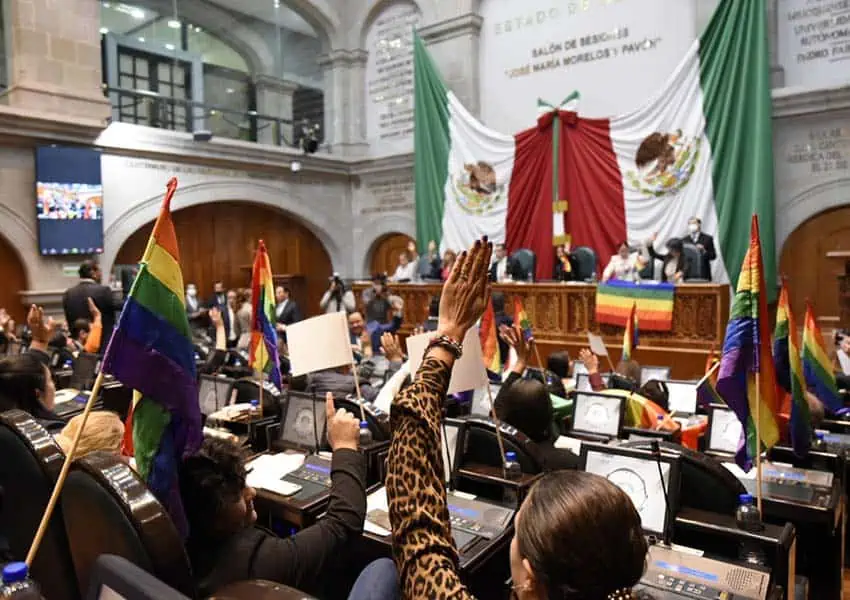
But since late 2022, same-sex marriage has been legal in all 32 federal entities.
Abortion rights
Another metric indicating that Mexico has become less conservative over the past decade is the number of federal entities where abortion has been decriminalized.
In 2014, Mexico City was the only entity where first-trimester abortion was legal regardless of the circumstances, whereas the termination of an early pregnancy is now permitted in 12 entities. Jalisco looks set to become the 13th state to allow first-trimester abortion.
Last September, the Supreme Court decriminalized abortion at the federal level, which prevented states from criminalizing medical personnel who provide abortion services.
International tourism
Significantly more international tourists are visiting Mexico now compared to 10 years ago.
Mexico received 29.1 million international tourists in 2014, making it the 10th most popular tourism destination in the world that year.
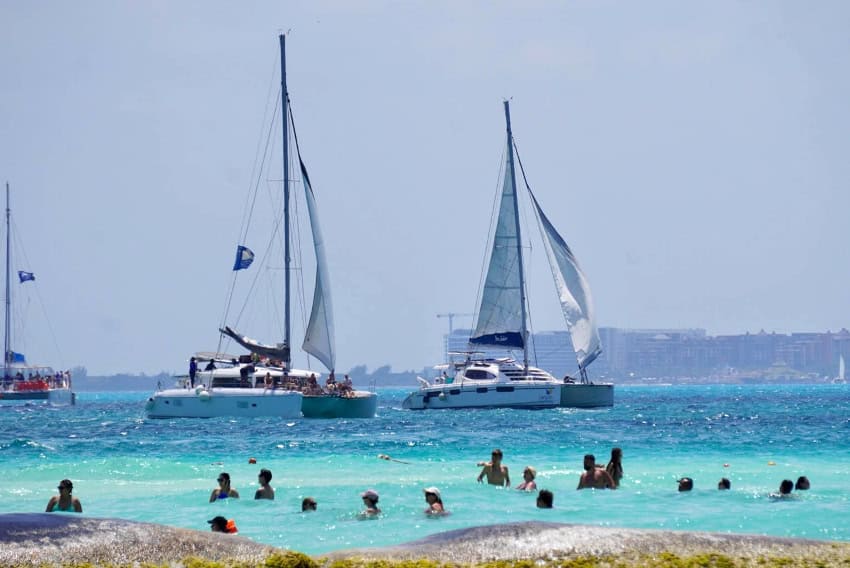
Last year, 42.1 million international tourists visited Mexico, an increase of 45% compared to 2014. The country was the sixth most visited in the world in 2023.
International tourist numbers actually peaked at 45 million in 2019 before declining sharply in 2020 due to the COVID pandemic.
Homicides
Murder numbers were high in 2014 and they are even higher now.
Government data shows there were 20,010 homicides in 2014, while there were 29,675 last year, an increase of 48%.
There were 12,435 homicides in the first five months of 2024, an average of 2,487 per month.
If that monthly average continues, Mexico will record 29,844 homicides this year, which would be a 49% increase compared to 2014.
Infrastructure
Some major infrastructure projects have been completed (or almost completed) since 2014.
Among the infrastructure that Mexico has today that it didn’t have 10 years ago are:
- The Felipe Ángeles International Airport just north of Mexico City, which opened in 2022.
- The Tulum International Airport, which opened late last year.
- The Olmeca (Dos Bocas) Refinery on the Tabasco Coast, which has begun refining but is not yet operating at full capacity.
- The Maya Train railroad, which is open between Cancún and Palenque.
- The Puerto Peñasco solar plant, which began operations last year.
- The Federal Center for the Storage and Distribution of Health Supplies, a government facility in México state known as the “Well-Being Mega Pharmacy.”
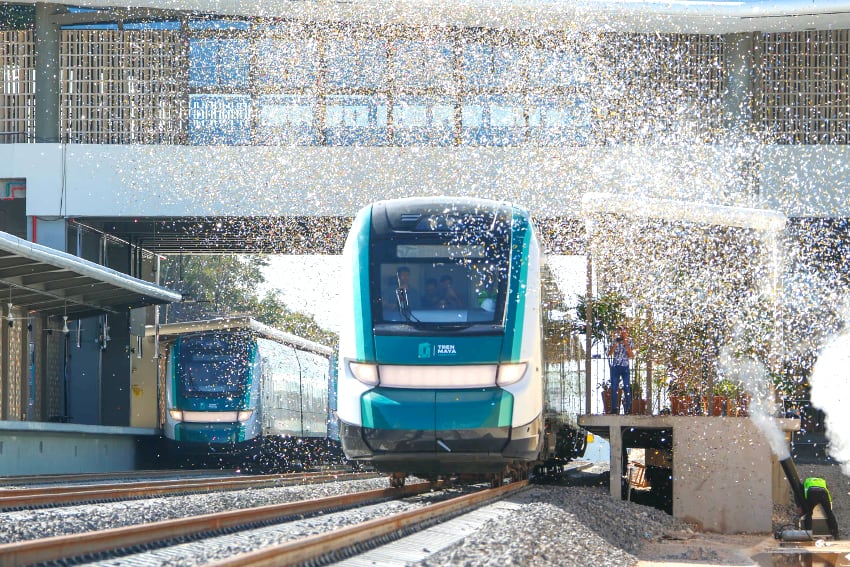
One project that was announced in 2014 but never completed is the previous government’s international airport project in Texcoco, México state, which López Obrador canceled in 2018.
* Of course, the list above is not an exhaustive one. Mexico has changed in many other ways over the past 10 years.
What would you add to the list? And what hasn’t changed in Mexico since 2014 that you would like to see change, or which you hope never changes.
Let us know in the comment section.
By Mexico News Daily chief staff writer Peter Davies (peter.davies@mexiconewsdaily.com)
